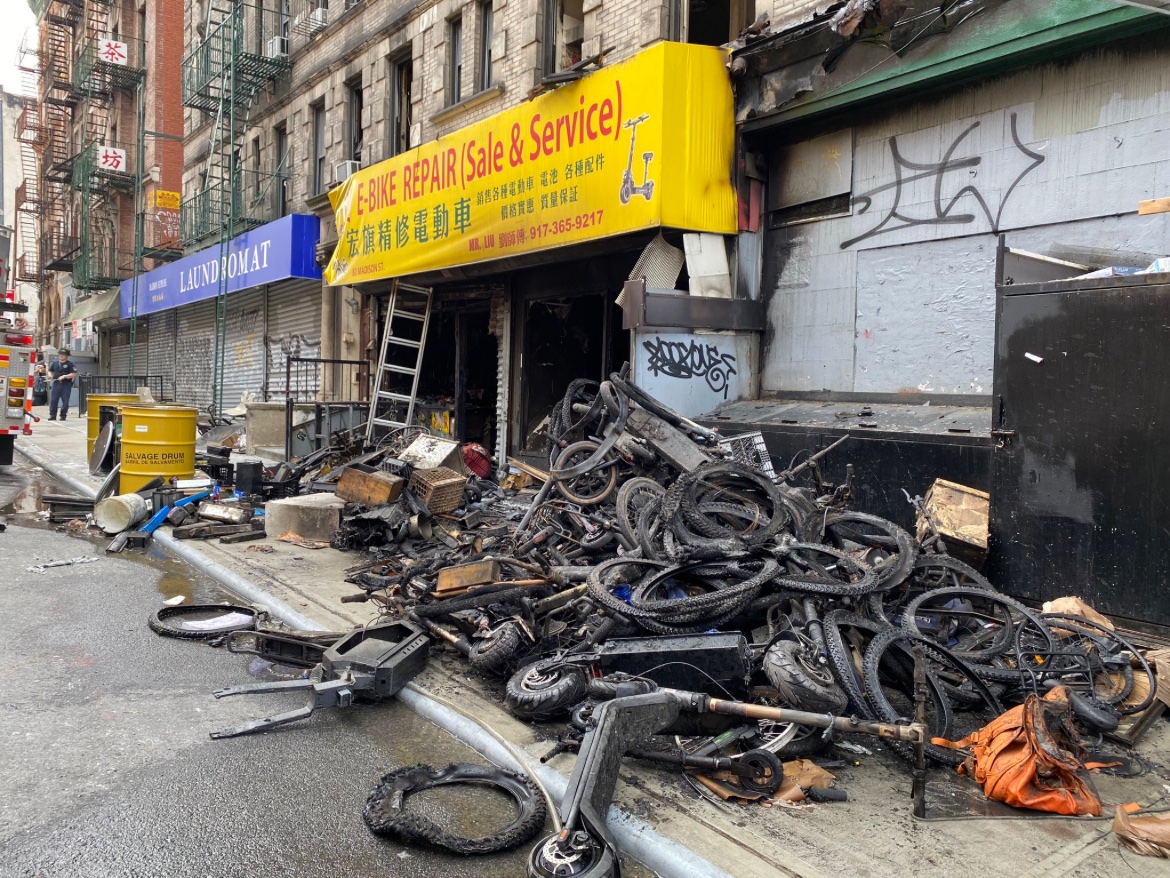As the number of lithium-ion battery fires continues to rise, it is crucial to understand the precautions necessary to prevent these fires and safeguard consumers and fire fighters.
According to Sean DeCrane, IAFF director of Health and Safety Operational Services, lithium-ion batteries have become increasingly prevalent in consumer products. The rechargeable batteries provide consumers with more convenience and better performances in their products, while its “energy density properties … allow manufacturers to use smaller batteries to power their devices,” said DeCrane.
Before purchasing a battery-powered device, it is important to check if the product uses a lithium-ion battery. These batteries are commonly found in wireless devices such as laptops, cell phones, and cameras. They are also used in battery-powered mobility devices, like scooters, bicycles, wheelchairs, and cars. From Jan. 1, 2021, through Nov. 28, 2022, the U.S. Consumer Product Safety Commission received reports of at least 208 fire or overheating incidents involving mobility devices, in 39 states. These incidents resulted in at least 19 fatalities, including five deaths associated with e-scooters, 11 with hoverboards, and three with e-bikes.
The following tips are recommended to prevent lithium-ion battery fires:
- When you’re buying a device, make sure it’s certified. Before making your purchase, do some research on the laboratory that has tested the product. Reputable companies usually get their devices certified by an independent and trusted testing agency. Non-certified devices may not have gone through – or any – quality checks, which raises the chances of having faulty or damaged batteries.
- Make sure to keep your batteries separate from each other. Avoid storing lithium-ion batteries together and keep a distance of at least 2 feet between them. This reduces the chances of fires happening. And store the batteries away from anything that can catch fire easily, like flammable materials.
- Be careful when charging lithium-ion batteries. They can be more dangerous when they’re connected to a power source, so you should use caution. Don’t charge the batteries overnight or when you can’t keep an eye on them. It’s also important to plug your devices directly into a wall socket using the charger that came with them. Don’t use extension cords, power strips, or chargers meant for other devices.
- When you’re storing your devices, choose a safe location. Don’t block doors or hallways and keep them away from exits. Store the products or batteries in an open area where the temperature is comfortable, and avoid exposing them to direct sunlight, moisture, or extreme weather conditions.
“When a lithium-ion battery fails, it can be visually spectacular but dangerous,” said DeCrane. Fires caused by lithium-ion batteries can be explosive and vast, so it is important to follow the manufacturer’s instructions and implement these safety tips.
Knowing how to spot a malfunctioning battery is just as important as avoiding one.
“If a battery begins to swell, smoke, or spark, citizens should call 911 and remove themselves from the location of the battery or product,” DeCrane added.




